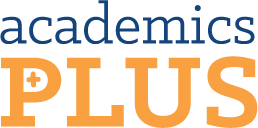Author: Clive Wilson
“With the help of brain imaging, researchers have been able to see the brain at work, thus providing information most valuable to those working with the human brain; such as educators, scientists, psychologist and medical doctors. It is this advance in technology and gain in knowledge that has led to the development of brain-based learning, a new paradigm that holds a wealth of information for teachers and students alike," (Cercone, 2006). Neuroscientists are finding dynamic flexibility in the brain even as we age. New neural connections will grow as a result of stimulation even into old age. In addition to the brain adding new circuits pruning has been observed. This removes any connections that are no longer needed. Because these new connections are temporary they must be put to use if they are going to last. Newly formed synapses are weak and require immediate activity to last. If there is no action the axon will retreat or degenerate, causing the neuron to start over with a new budding. The brain must put to work any new connections made or it stands the chance of losing it, the more it is used however the more secure it becomes (Cercone, 2006). Thus the sayings coined by Canadian psychologist D.O. Hebb (1949) use it or lose it. ”
